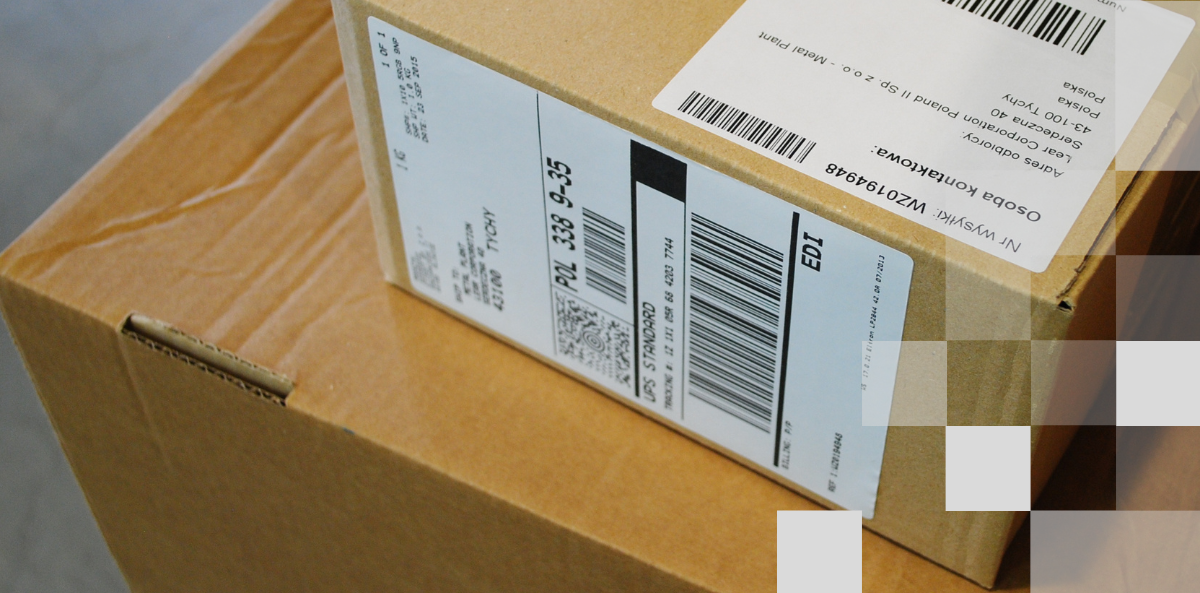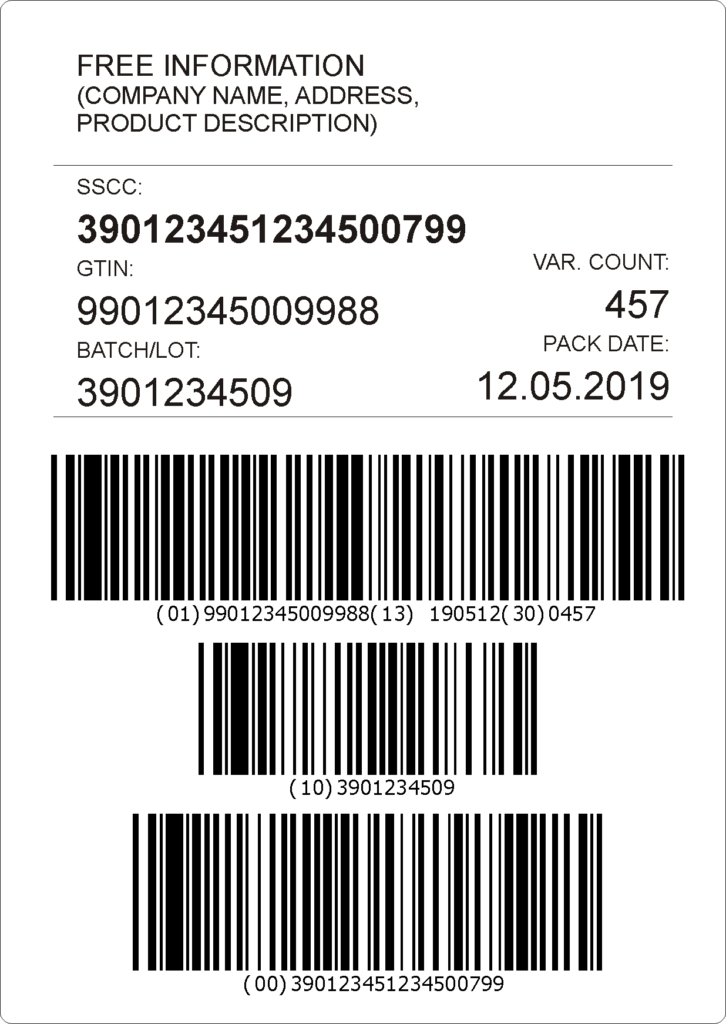
GS1 logistics label – how to print it yourself
Global logistics is becoming more and more complex, so standardized markings on packaging guarantee efficient management of product flow. The GS1 logistics label is an international standard for identifying shipments, which allows goods to be tracked at every stage of the supply chain. Check out a step-by-step guide on how to generate it – from choosing the right tools, to creating codes and correctly placing the required information on the label.
What is the GS1 system? What role does it play for logistics labels?
The GS1 system is a global set of standards for identifying products, services, locations and logistics units, used in many industries around the world. It allows the unification of labels in the supply chain, which significantly facilitates logistics management, trade, as well as communication between companies.
The international organization GS1, which is behind the whole idea, manages the developed system, and its main goal is to facilitate the exchange of information on a global scale through uniform identification standards, such as barcodes and QR codes. The GS1 rules are consistent and identical in all countries that have implemented them.
Thanks to it, people working in the manufacturing industry, as well as retailers, wholesalers or operators, can easily and clearly communicate information about the goods being transported. Properly generated labels make it possible not only to identify the product, but also to track it. Other functions of the GS1 system are:
- data standardization – bar codes, labels and identification systems enable companies around the world to exchange information seamlessly,
- automation – GS1 significantly supports the automation of business processes through the use of barcode scanning technology, RFID and other modern tools. Automation speeds up warehouse receipt, inventory or shipping, while minimizing errors due to manual data entry,
- streamlining communication between companies around the world,
- increase transparency – by being able to track units from production to delivery to the customer,
- support sustainability – by optimizing processes, better managing inventory, and reducing product and resource waste, companies can reduce their carbon footprint.
What must a logistics label contain?

Logistics labels hides a lot of information. It is encoded in the form of the GS1-128 barcode. This is the most recognizable GS1 element used on the logistics label to encode logistics units. Moreover, 11 global identifiers have been created, which are used by all users of the GS1 system. The most important of these are:
- SSCC – Serial Shipping Container Code (SSCC). This is an 18-character number used to identify logistics units,
- GTIN – Global Trade Item Number – is a unique product identifier that is the basis for barcodes used in the GS1 system,
- GLN – Global Location Number – allows identification of companies, warehouses, or points of sale, added optionally.
How to create an SSCC code?
Creating a GS1 logistics labels is an important aspect that should be handled by the manufacturer or distributor of the goods in question. To begin, you should register your company with the GS1 organization and obtain a GS1 prefix, which will be your company’s unique identifier. This prefix is the beginning of each SSCC code. The number consists of 18 digits and has a specific structure.
Who assigns the SSCC number?
To receive a specific GS1 prefix with numbers to mark your products, locations and logistics units, you must sign an agreement with the GS1 organization. Count your products, read the terms and conditions and order the code by filling out an online application.
In other words, to be able to generate an SCC code, a company must register with the GS1 organization and receive its prefix from it. It forms part of the SSCC code. This makes each number assigned unique and can be tracked throughout the supply chain.
What is the format of a logistics label?
Logistics labels consists of several components:
text information located at the top – this is primarily the company name, logo and address,
in the central part there is text information and barcode version in an easy-to-read format,
at the bottom of the label are GS1-128 barcode symbols along with GS1 Application Identifiers (IZ).
How to generate and print a GS1 label?

First, determine the number of variants that will constitute logistics units. Then, pay attention to the possibility of generating the appropriate number of SSCC numbers, since each of them is a mandatory element of the GS1 logistics label.
In order to assign products to the system, it will be necessary to assign them GTIN numbers, which are represented in the form of EAN-13 barcodes. To do this, you need a company identification number, which can be obtained by registering on the website of the GS1 organization.
Then, together with the recipient, you need to determine all the necessary data to be encoded. This includes lot numbers, weight or other relevant information. Designate shipping units. Such an operation may require the use of specialized label management software. Finally, you can send the prepared products with the generated GS1 logistics label to the recipient.
Creating and printing a GS1 logistics label is an essential part of effective supply chain management. By using such standards, companies can ensure better transparency, automate processes and minimize errors. Each label must be properly generated and include elements such as the SSCC or GTIN number. It must also comply with international standards.
How to design GS1 labels yourself?
You can use ETILABEL to design logistics labels Read here how such a process looks like.
Check out ETILABEL’s demo, download the free Starter version!
At Etisoft you will buy everything from one hand: labels and markings, thermal transfer ribbons, Auto ID devices (printers, barcode readers, ETILABEL software.
